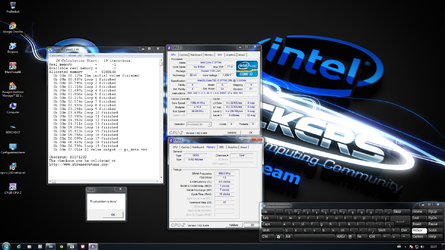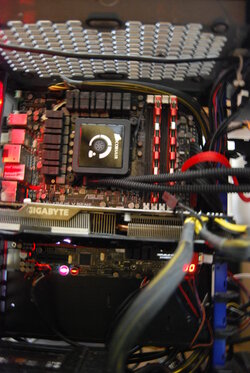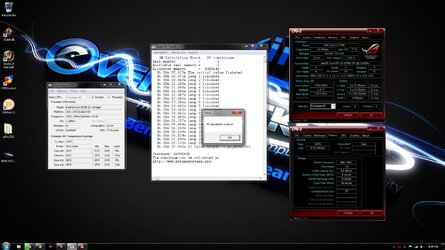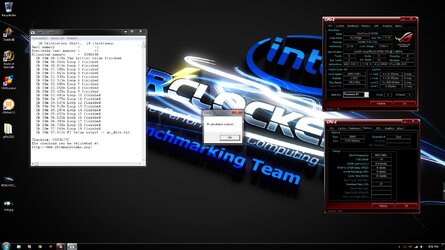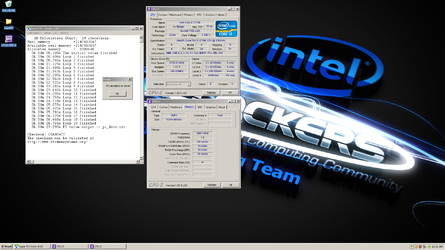-
Welcome to Overclockers Forums! Join us to reply in threads, receive reduced ads, and to customize your site experience!
You are using an out of date browser. It may not display this or other websites correctly.
You should upgrade or use an alternative browser.
You should upgrade or use an alternative browser.
FEATURED Announcing Sandy/Ivy Superpi Challenge
- Thread starter xsuperbgx
- Start date
- Joined
- Jul 18, 2011
- Location
- Lake of the Ozarks, Mo
Most epic First post EVAR!
Welcome to OCF!
- Joined
- Nov 26, 2005
- Location
- Concord, NC
Does SSD vs HDD make any difference? Thinking of installing XP on a spare HDD as I don't feel like imaging.
I know 1 thing that can. but its not the hdd or ssd. but not too far off, and only under certain circumstances
Are they allowed to be used ? I thought they were banned

- Joined
- Nov 26, 2005
- Location
- Concord, NC
I know 1 thing that can. but its not the hdd or ssd. but not too far off, and only under certain circumstances
RAM Disk?

- Joined
- Aug 1, 2012
- Location
- Minneapolis, MN
going to need comp background to be valid...
nice score though
lame.... lol
- Joined
- Aug 1, 2012
- Location
- Minneapolis, MN
1.56V is too much for air/water. Cpu in this case won't pass anything just because is overheating when you load it even for couple of seconds. You will probably get 124 error entering Win7 on too high temp/voltage.
1 tip , disable HT to drop temps a bit.
I only made some fast runs on i5 3320M based notebook ... but forgot to use wallpaper , ~11.78s was best without any special tweaking
... but forgot to use wallpaper , ~11.78s was best without any special tweaking 
1 tip , disable HT to drop temps a bit.
I only made some fast runs on i5 3320M based notebook
- Joined
- Jul 29, 2011
- Location
- Buenos Aires, Argentina
Some Ivy's have less distance from ihs to die (different amounts of glue under between the pcb and ihs) and hence get better contact, and temps.
Some Ivy's have less distance from ihs to die (different amounts of glue under between the pcb and ihs) and hence get better contact, and temps.

Some flat, some concave, some convex? Last I checked these were all pretty flat (not C2D days). I would have to imagine other factors would make a bigger difference than mere parts of a mm would...(voltage used and leakage to name two)... though I could be wrong too.
Similar threads
- Replies
- 141
- Views
- 15K
- Replies
- 111
- Views
- 14K
- Replies
- 306
- Views
- 38K
- Replies
- 420
- Views
- 38K
- Replies
- 338
- Views
- 18K

